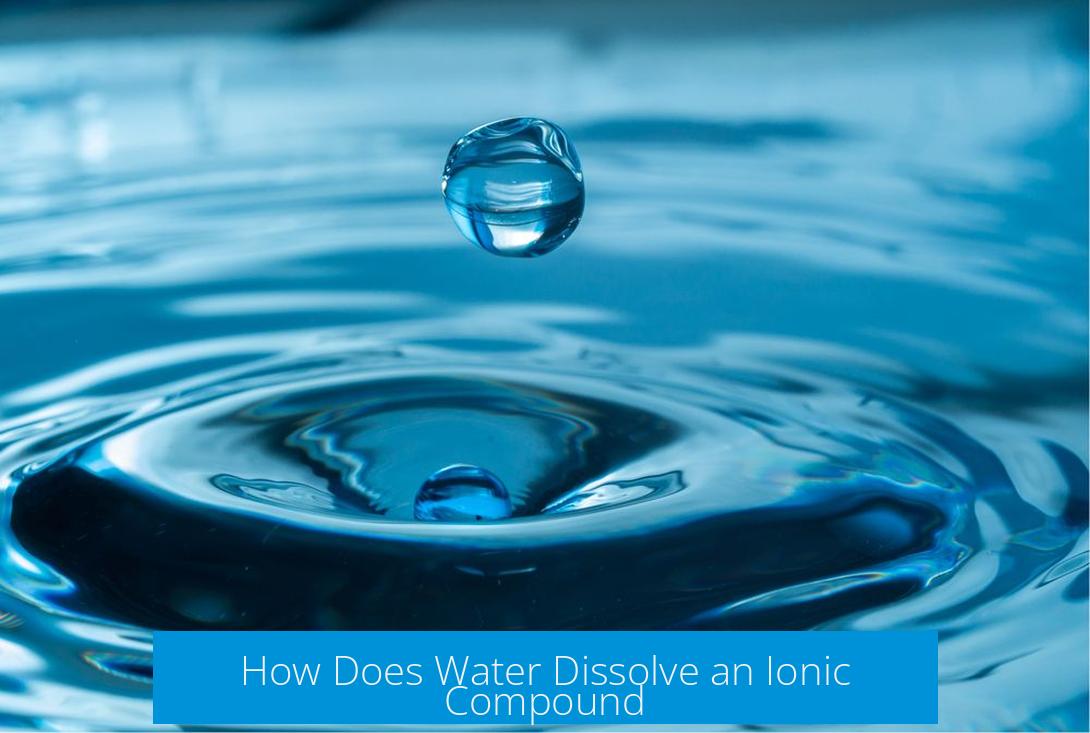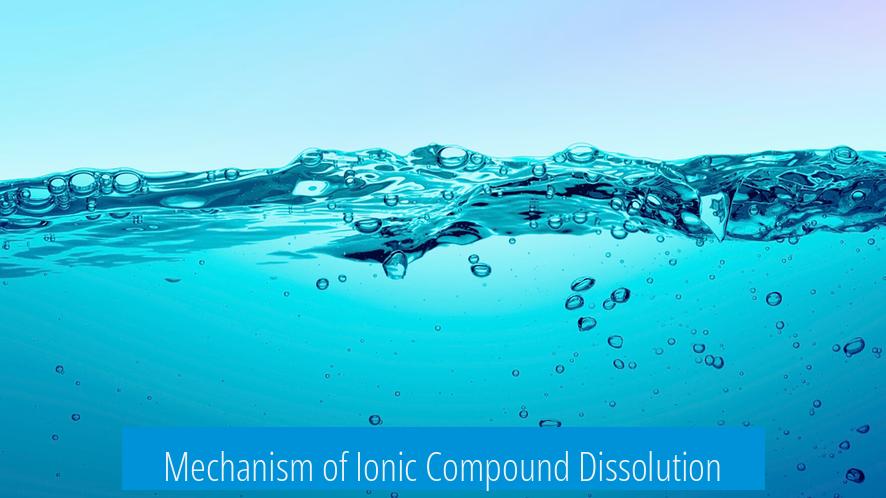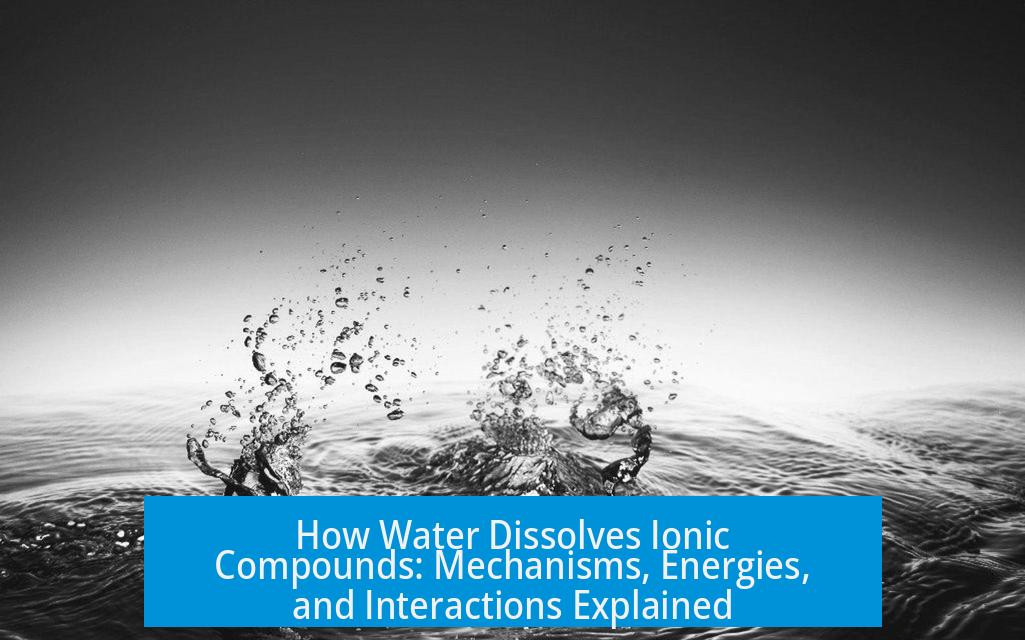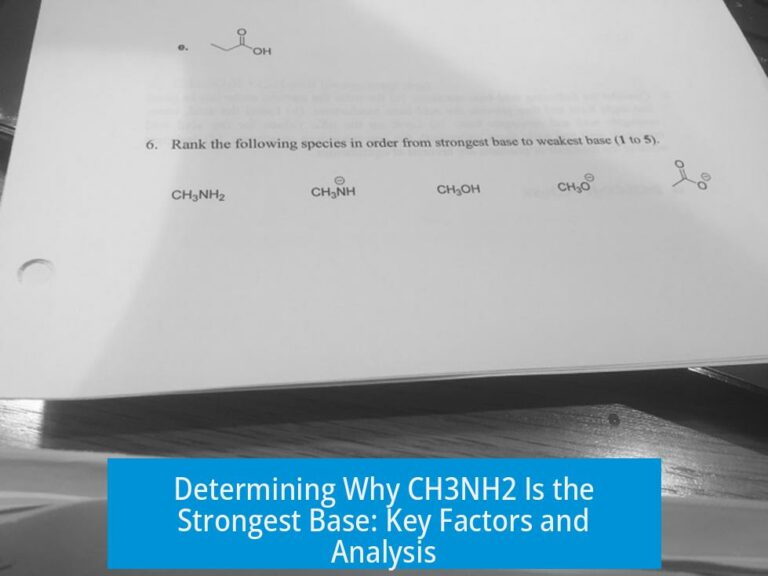How Does Water Dissolve an Ionic Compound?

Water dissolves an ionic compound by breaking the electrostatic attractions between its ions through ion-dipole interactions. These interactions between water’s polar molecules and the ions are stronger and more stabilizing than the forces holding the ions together, leading to the compound’s dissolution.
Understanding the Bonds: Ionic vs. Hydrogen and Dipole Interactions
An ionic compound’s structure arises from electrostatic attractions between positively charged cations and negatively charged anions. These ionic bonds are not like covalent bonds where atoms share electrons; rather, they are attractions between opposite charges.
Water molecules themselves are polar with a bent shape. The oxygen atom bears a partial negative charge, while the hydrogen atoms have partial positive charges. This polarity causes water molecules to engage in hydrogen bonding, a special kind of intermolecular force where water molecules attract each other.
However, the key force in dissolving ionic compounds is the ion-dipole interaction, which occurs between the fully charged ions and the partial charges on water molecules. This interaction dominates and is stronger than the hydrogen bonding between water molecules, allowing water to disrupt the ionic lattice.
Mechanism of Ionic Compound Dissolution

When ionic compounds such as sodium chloride (NaCl) enter water, the large excess of water molecules statistically ensures that ions meet water molecules first. Water molecules attract ions due to their polarity: partially negative oxygen atoms surround cations, and partially positive hydrogen atoms surround anions.
This process is called solvation (or hydration if the solvent is water), whereby each ion becomes stabilized by multiple water molecules. This is a more energetically favorable environment compared to being paired with an opposite ion.
- The ionic bond attracts cation and anion electrostatically.
- Water’s polar molecules surround each ion.
- Multiple water molecules stabilize the ion through ion-dipole forces.
- Hydrated ions are more stable than ions paired in the lattice.
An analogy helps illustrate this stability: ions in the ionic lattice are like two trees connected by a hammock, with the hammock representing the electron density holding ions together. When solvated, ions are like a trampoline where water molecules act as ties pulling electron density taut and stabilizing the ion more effectively. This stabilizing “pull” overcomes the original ionic attraction.
Additionally, one can imagine water as a “pack of wolves” that attacks the ionic bonds collectively, breaking them apart. While a single ion-ion interaction might be stronger than a single ion-water molecule interaction, the combined effect of many water molecules surrounding and interacting with each ion creates a more stable structure overall.
Energy Considerations: Balancing Lattice and Hydration Energies
Two key energy components influence the dissolution process:
- Lattice Energy: The energy released when ions come together to form the ionic solid. A higher lattice energy means ions are strongly held together in the solid lattice.
- Hydration Energy: The energy released when ions are surrounded by water molecules during solvation. This is an exothermic process that stabilizes the ions in solution.
The ionic compound dissolves if the hydration energy compensates for the lattice energy sufficiently. The balance dictates whether the solvation is energetically favorable, meaning the ions prefer associating with water molecules rather than with each other.
Disruption of Water’s Hydrogen Bond Network
Adding ionic compounds also disrupts the existing network of hydrogen bonds formed between water molecules. Water molecules reorganize to surround each ion, orienting their partial charges accordingly. For instance, the partially positive hydrogens orient toward anions, while the partially negative oxygen atoms surround cations.
This reorganization breaks the previous hydrogen bond pattern, creating a new, stable ionic hydration shell. This dynamic restructuring contributes to the overall energetics and entropy changes in solution.
Role of Partial Charges in Ion Stabilization
Ions do not interact with water molecules as full charges interacting with uniform charges; instead, the charges are partial on the atoms of the polar water molecule. For example, the fluoride ion (F-) is stabilized by the partially positive hydrogens of many water molecules. Similarly, sodium (Na+) interacts with partially negative oxygen atoms.
Because the partial charges are not full +1 or -1, several water molecules are required to surround and stabilize each ion completely. The collective stabilization is stronger than the ionic lattice forces alone.
Thermodynamics: Entropy and Enthalpy Changes
Dissolution increases entropy significantly. Before dissolving, ions in a lattice form a well-organized, ordered solid structure. When dissolved, ions disperse randomly in solution. The gain in disorder (entropy) favors dissolution.
At the same time, enthalpic changes occur due to the breaking of ionic lattice forces and hydrogen bonds in water, combined with the formation of ion-dipole interactions during solvation.
The overall energy change, combining both the enthalpy and entropy factors, determines whether the ionic compound dissolves spontaneously.
Summary of the Dissolution Process
- Ionic compounds are held by electrostatic forces between cations and anions.
- Water molecules are polar and engage in strong ion-dipole interactions with ions.
- Ion-dipole interactions exceed the ionic attractions in strength when multiple water molecules surround each ion.
- Hydration energy competes with lattice energy; if favorable, dissolution occurs.
- Water disrupts its own hydrogen-bond network to solvate ions effectively.
- Entropy increases as the ordered ionic lattice breaks into dispersed ions in solution.
Thus, water dissolves ionic compounds by surrounding their ions with polar molecules, stabilizing them with ion-dipole forces, and overcoming the ionic lattice energy through energetic and entropic advantages.




Leave a Comment